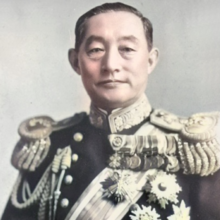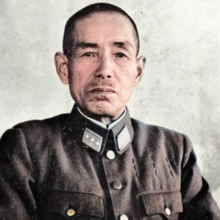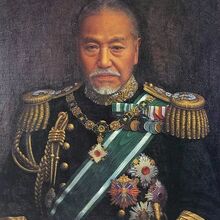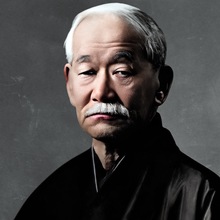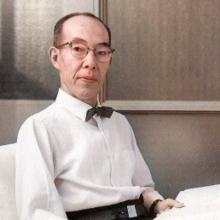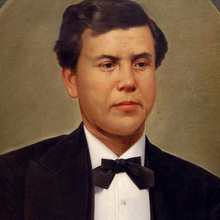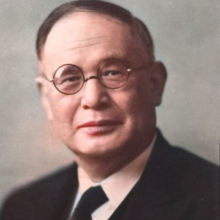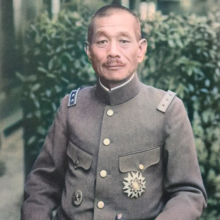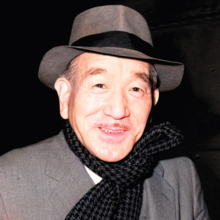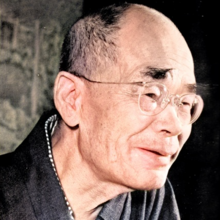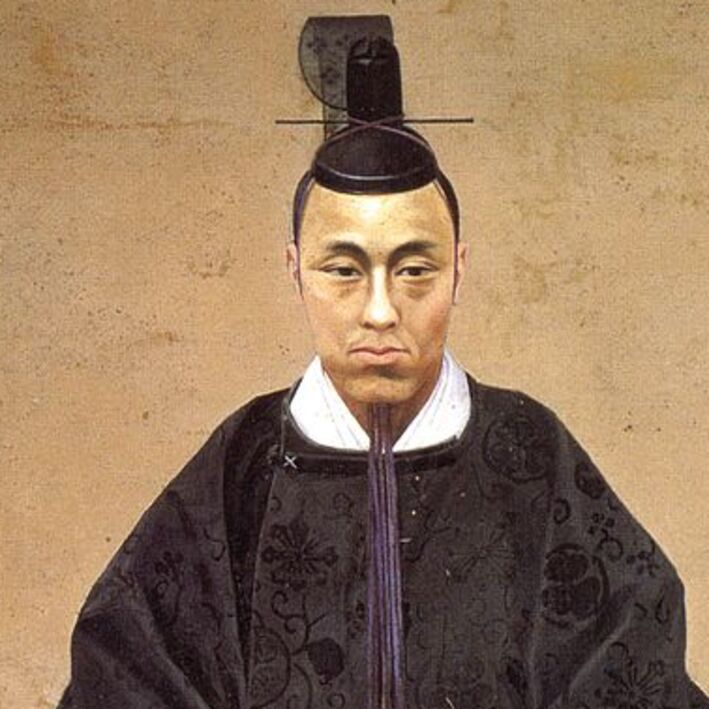
Personal
Other names:
Tokugawa Keiki
徳川 慶喜
Job / Known for:
The last shogun of Japan
Left traces:
The Meiji Restoration
Born
Date:
1837-10-28
Location:
JP
Edo, Japan
Died
Date:
1913-06-22 (aged 76)
Resting place:
JP
Death Cause:
Pneumonia
Family
Spouse:
Ichijō Mikako
Children:
Tokugawa Iesato, Hachisuka Mochiaki, Ikeda Nobumasa, Tokugawa Satotaka, Tokugawa Yoshihisa, Tokugawa Yoshimitsu, Katsu Kokichi
Parent(s):
Tokugawa Nariaki and Princess Arisugawa Yoshiko
QR Code:
 My QR code:
Tokugawa Yoshinobu
https://DearGone.com/11991
My QR code:
Tokugawa Yoshinobu
https://DearGone.com/11991
Key Ownner:
Not yet supported by key owner
Show More
Rank
Users ranking to :
Thanks, you rate star
Ranking
5.0
1
Fullname
Tokugawa Yoshinobu
Fullname NoEnglish
徳川 慶喜
Slogan
Revere the emperor, expel the barbarians
About me / Bio:
Show More
Article for Tokugawa Yoshinobu
Died profile like Tokugawa Yoshinobu
Comments:
